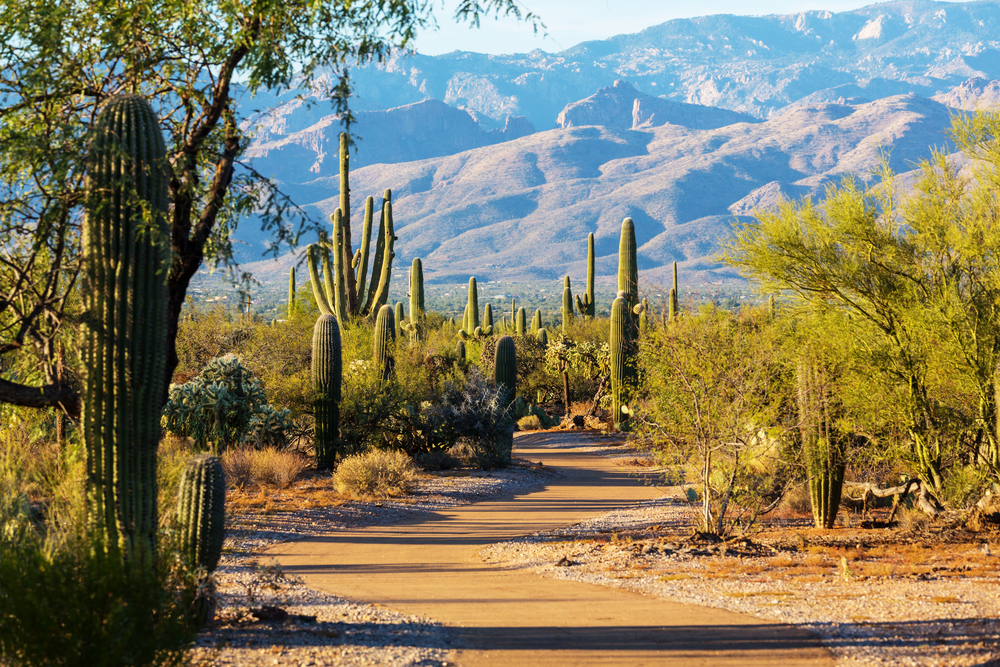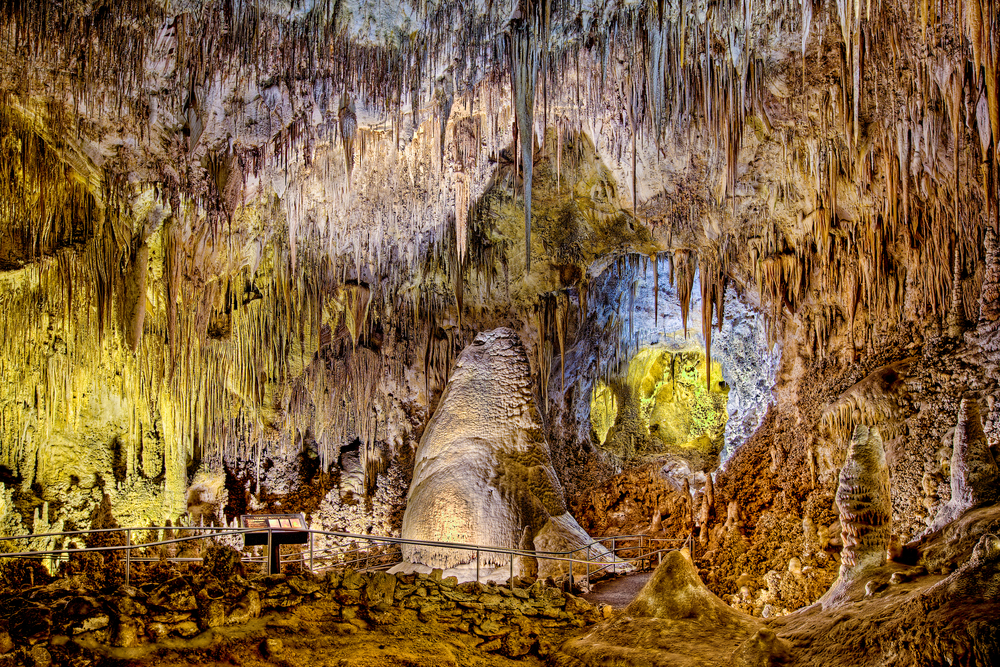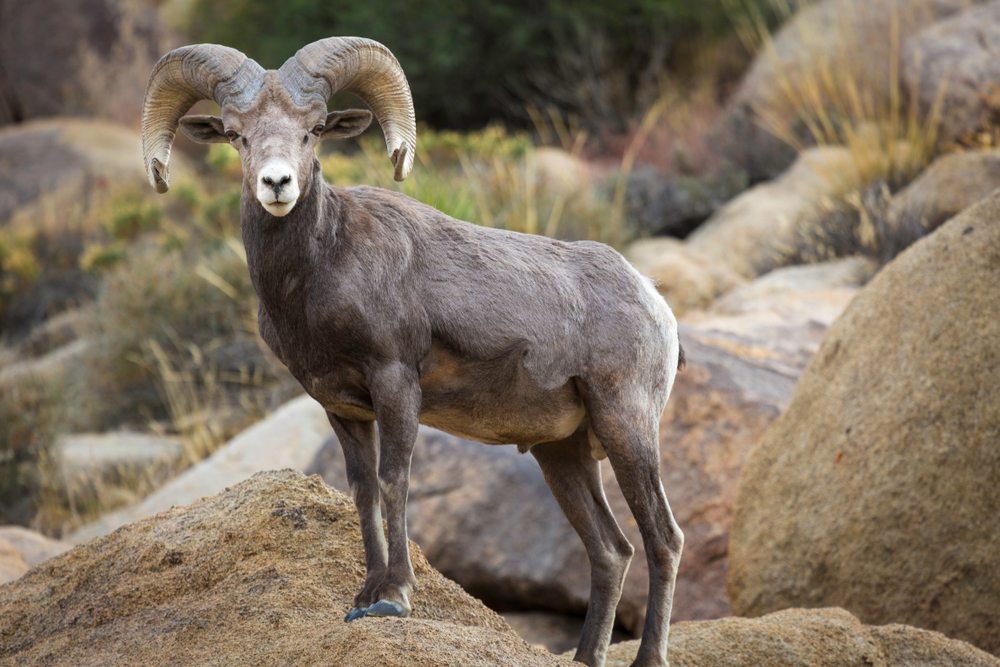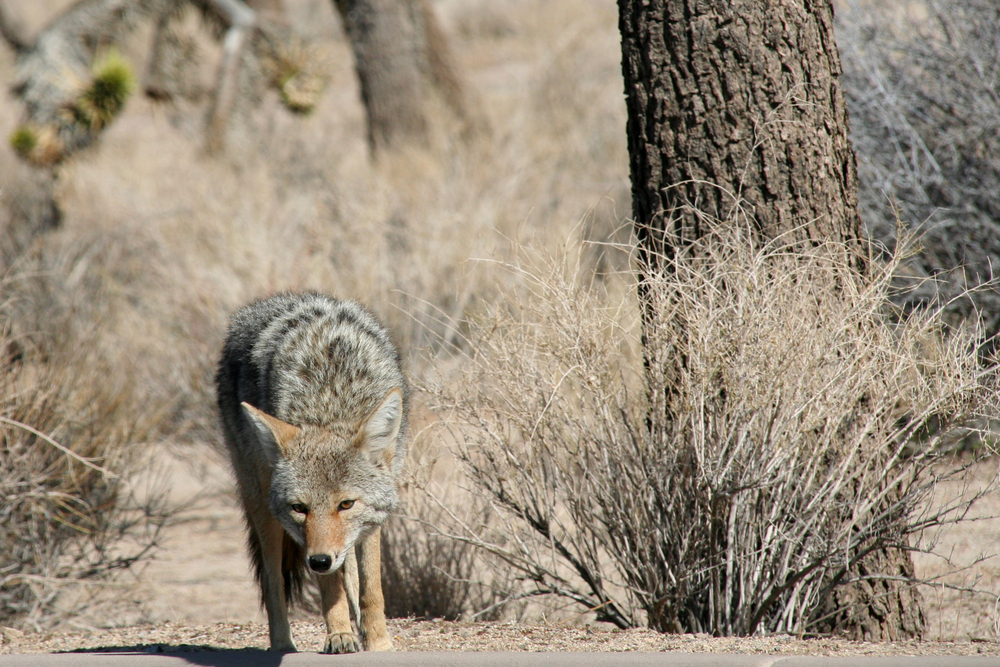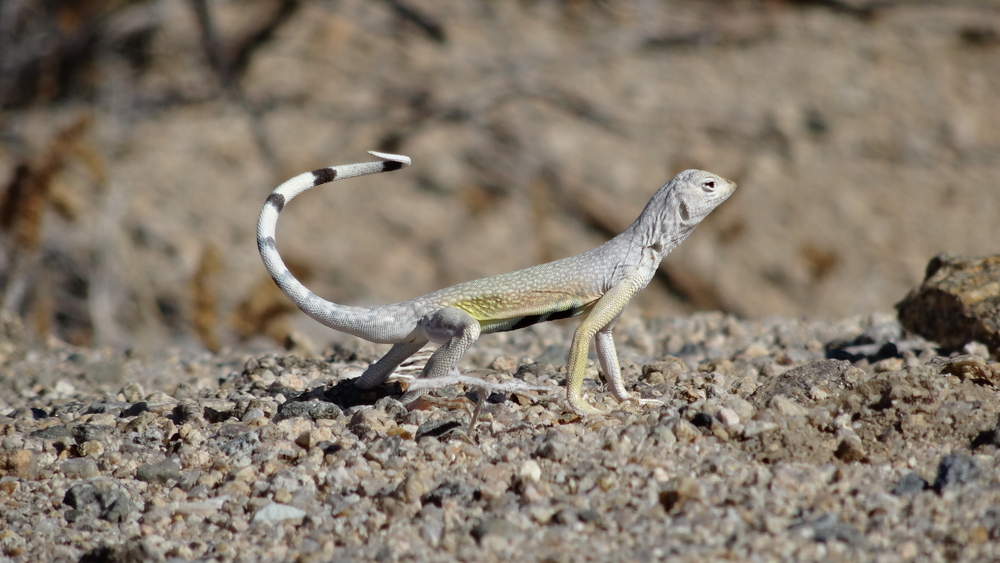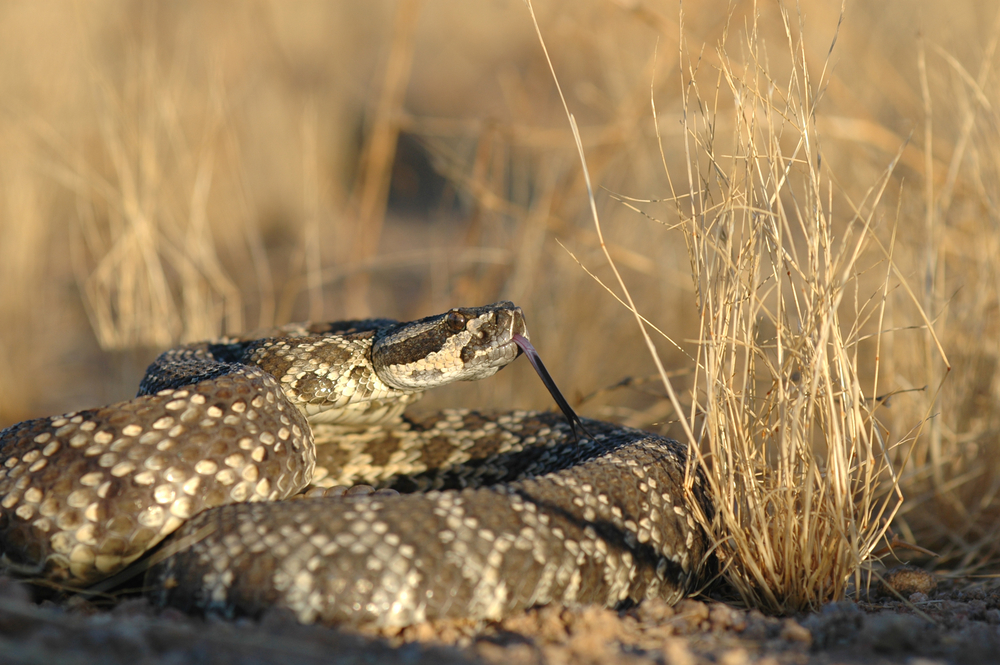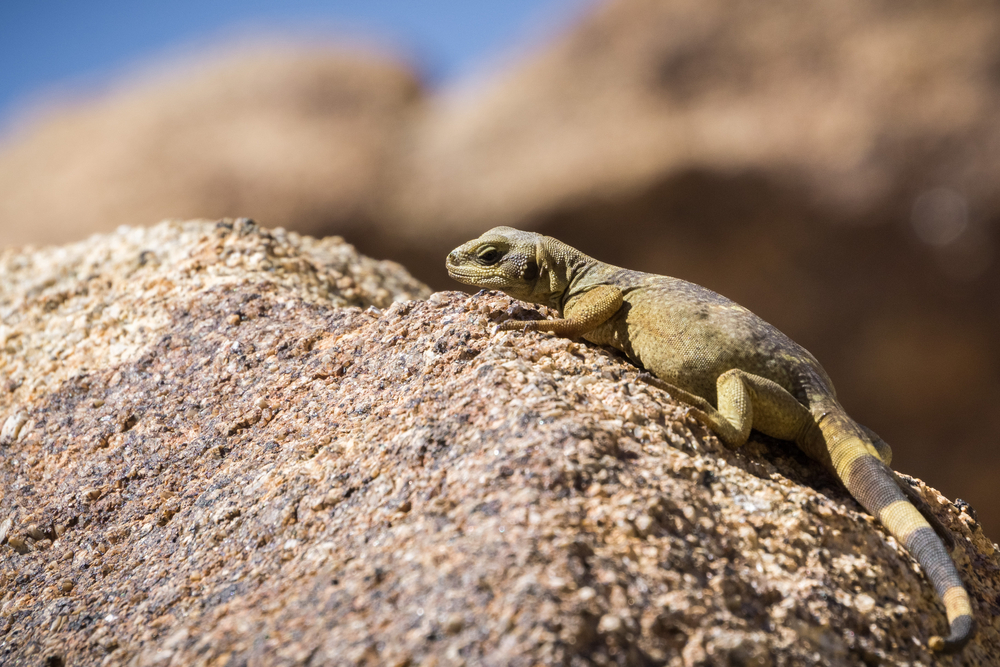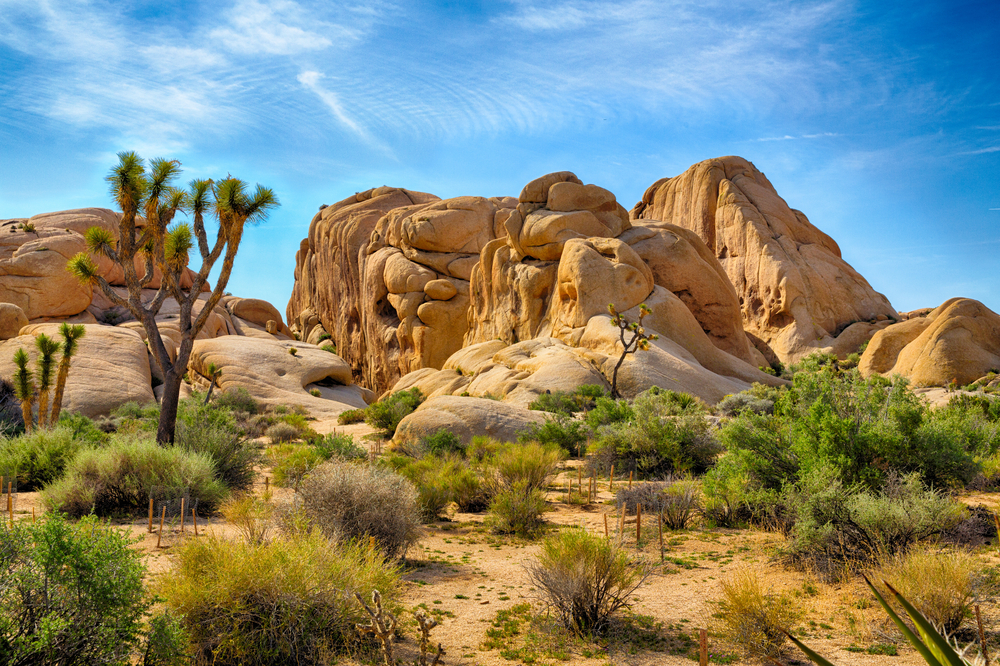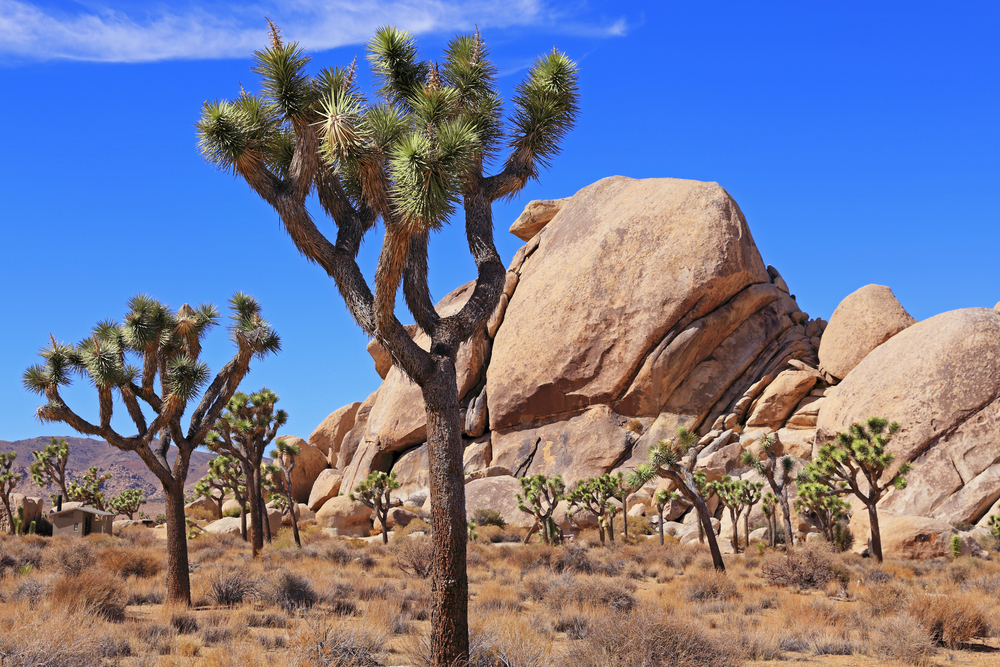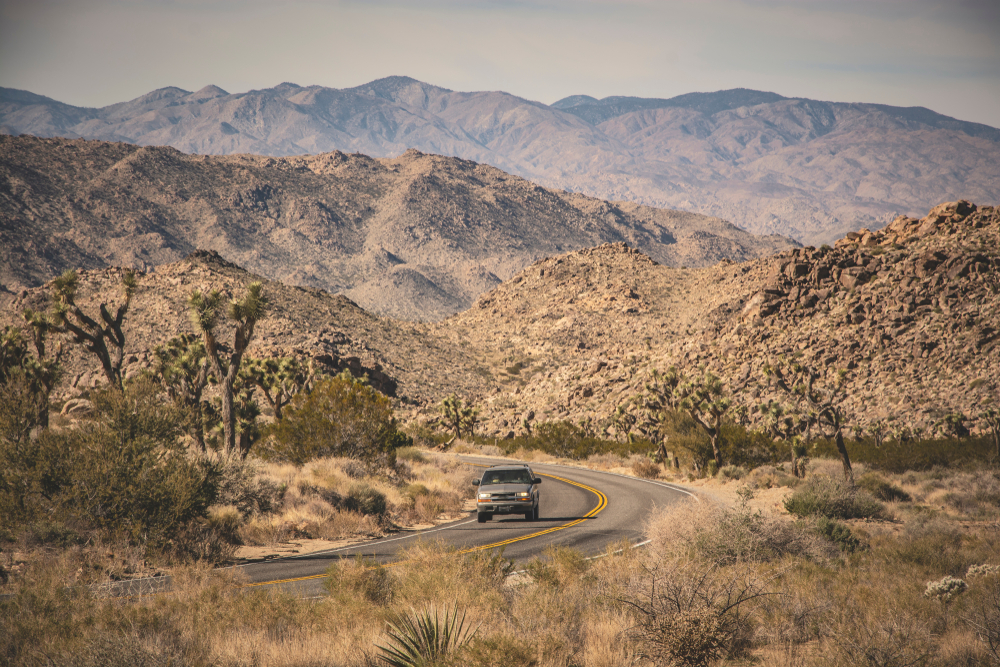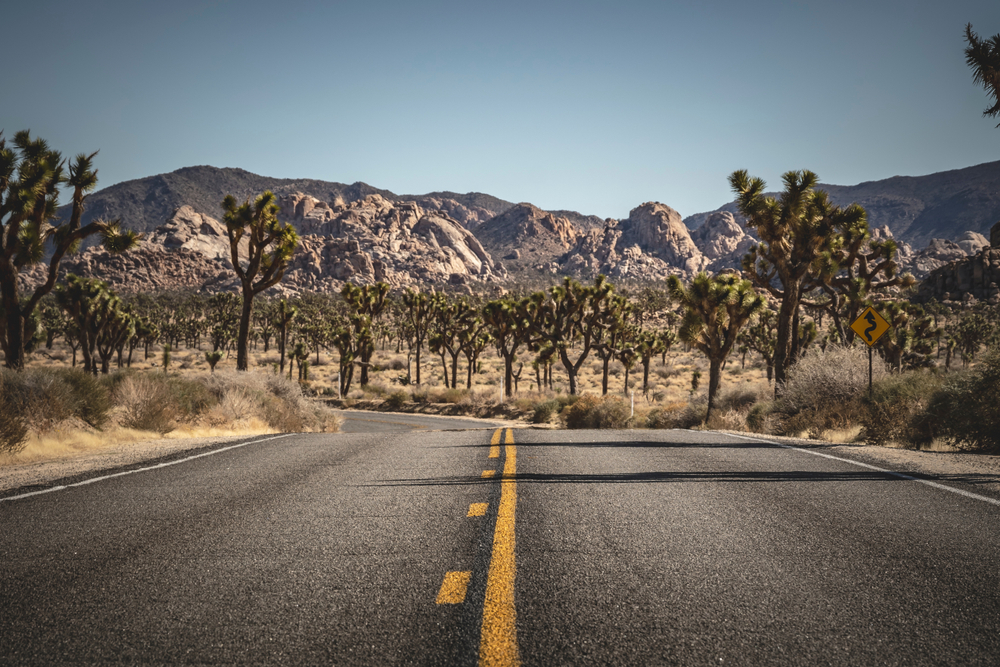Popular
Joshua Tree National Park, where the Mojave and Colorado deserts converge, offers a unique landscape that supports a fascinating array of wildlife adapted to its stark, beautiful environment.
Desert Tortoise – The Desert Tortoise, a symbol of the Mojave Desert, spends most of its life in burrows to escape the extreme desert temperatures.
Bighorn Sheep – Elusive Bighorn Sheep navigate the park’s rocky terrain with ease, a rare but awe-inspiring sight for visitors lucky enough to spot them.
Coyote – The adaptable Coyote thrives in the park, its howls echoing at dawn and dusk, a reminder of the desert’s wild and untamed nature.
Black-tailed Jackrabbit – With long ears and powerful hind legs, the Black-tailed Jackrabbit is built for life in the desert, evading predators with remarkable speed.
Greater Roadrunner – The iconic Greater Roadrunner, known for its speed and agility, is a bird not just of lore but a common sight, darting across the landscape.
Chuckwalla – The Chuckwalla, a large, harmless lizard, is often seen basking on rocks, relying on camouflage and its ability to wedge itself in crevices to avoid predators.
Red-tailed Hawk – Soaring high above, the Red-tailed Hawk is a majestic presence in Joshua Tree, surveying the ground for rodents and reptiles.
Western Diamondback Rattlesnake – A symbol of the desert’s danger and beauty, the Western Diamondback Rattlesnake warns with its rattle, commanding respect and caution from those who encounter it.
Joshua Tree Night Lizard – Exclusive to the park, the Joshua Tree Night Lizard lives its entire life within the Joshua tree, seldom seen due to its reclusive habits.
Tarantula – Often misunderstood, Tarantulas are gentle giants of the spider world, emerging in the cooler months to mate, fascinating those who spot them.
Joshua Tree National Park’s wildlife, from the stoic Desert Tortoise to the swift Greater Roadrunner, showcases the adaptability and resilience of species living in this distinctive and challenging desert ecosystem.












































































